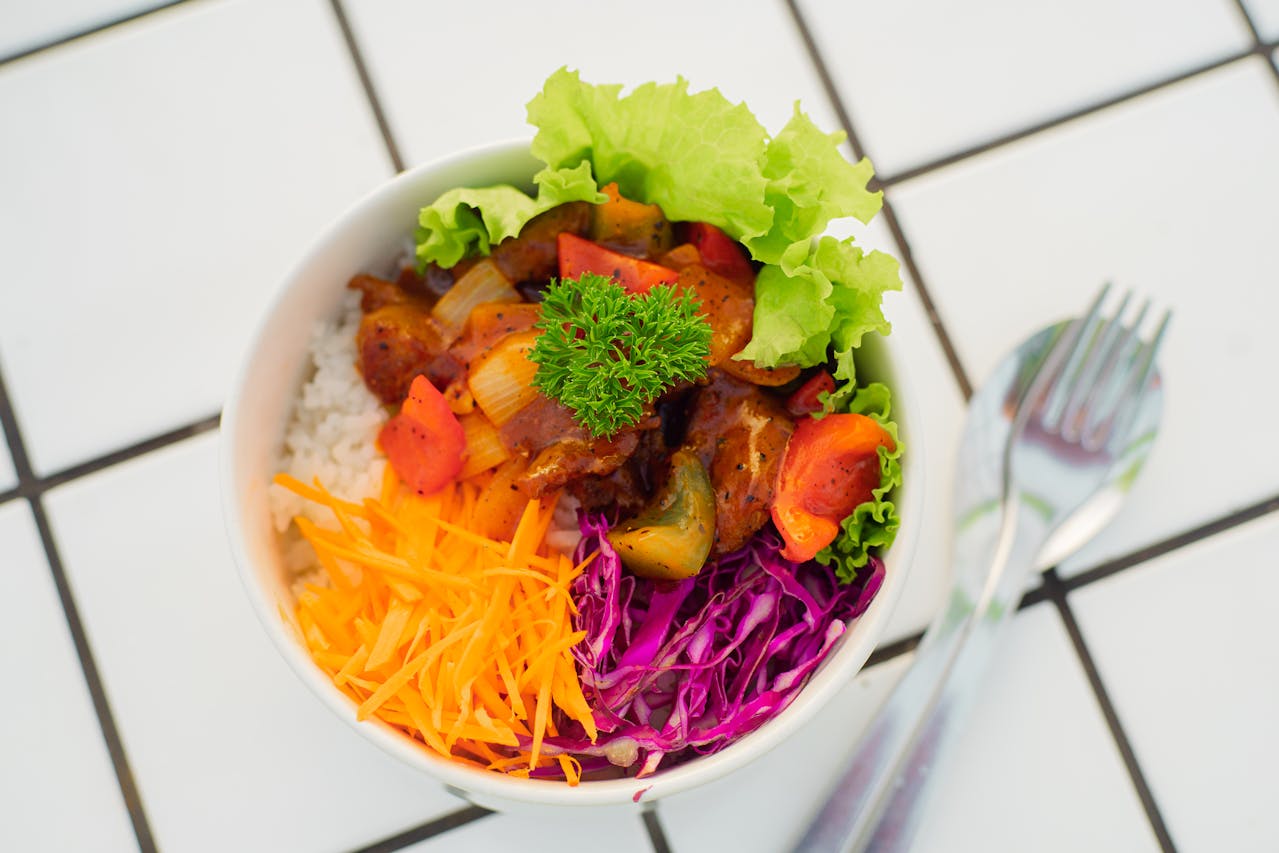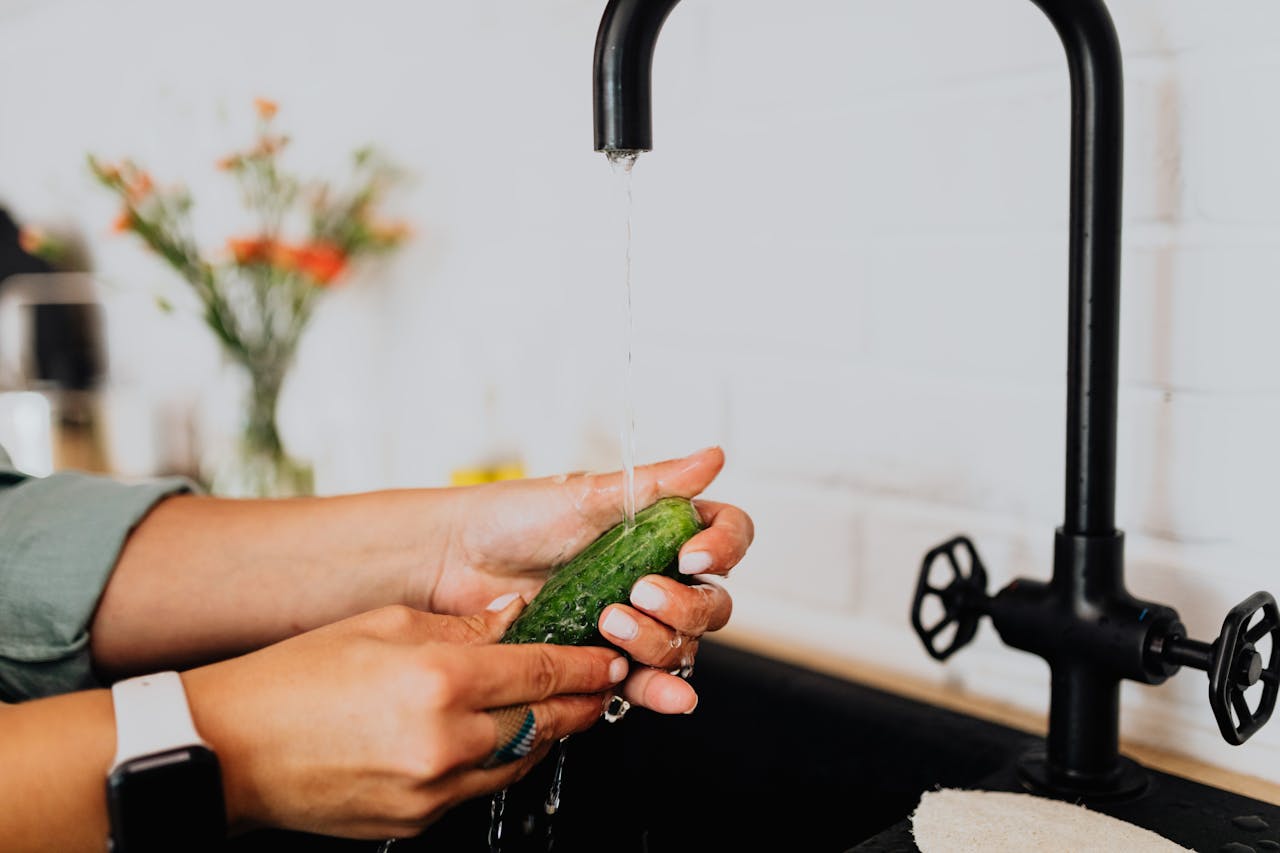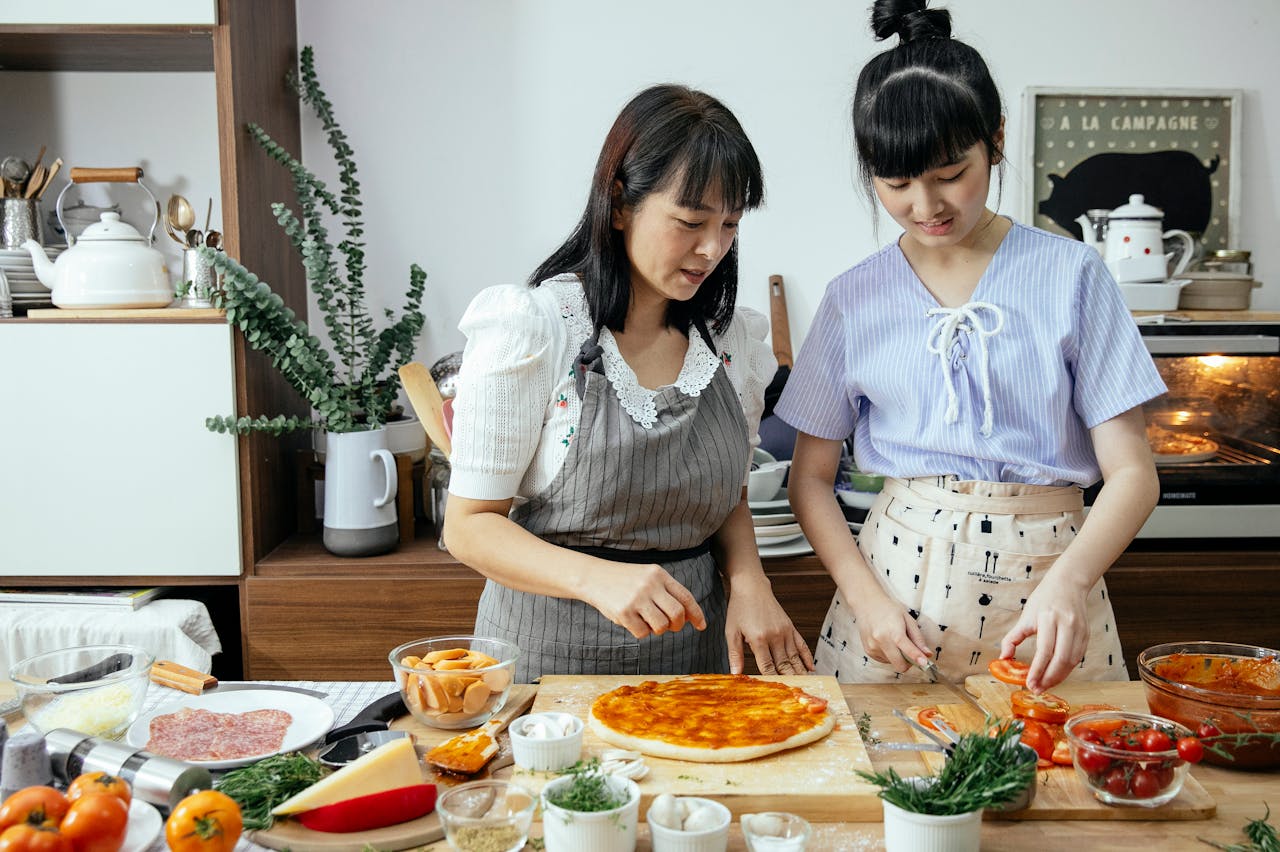Learning to cook is not about becoming a chef. It is about feeding yourself well, saving money, and proving you can handle life. When you can put together a decent breakfast before school or a quick dinner after practice, everything else gets easier.
You feel better, you spend less, and you do not have to depend on takeout or someone else’s schedule. This guide keeps it simple and teen friendly, with real steps you can use in a shared kitchen, dorm, or at home.
Why Cooking Matters For Teens Today
Independence shows up in small daily decisions. Cooking is one of the clearest. It affects your budget, energy, focus, and even your social life. Making simple meals teaches planning, time management, and problem solving without a lecture. You learn to scan the fridge, decide what fits your schedule, and get it done. That builds trust with adults and confidence in yourself.
If you play sports, lift, or study late, cooking lets you fuel your body instead of guessing with snacks. If you have allergies or preferences, you control ingredients. And when you invite friends over and feed them something tasty, you create community without spending a lot.
What Counts As A “Simple Meal”

“Simple” does not mean boring or plain. It means minimal steps, a handful of ingredients, and tools you already have. A good test: can you make it in one pan or pot, in 15 to 25 minutes, with five to seven ingredients you can pronounce.
Think breakfast burrito, veggie fried rice, quesadilla with beans and salsa, pasta with garlic and olive oil, sheet pan chicken and veggies, yogurt bowls, smoothies, tuna melts, or baked potatoes loaded with toppings. These are fast, flexible, and forgiving. You can cook them in a nonstick pan, small pot, microwave, toaster oven, or air fryer. Learn a few base moves, then swap ingredients depending on what is cheap or available.
Real Payoffs You Will Notice Fast
- Money: groceries for a week often cost less than two or three takeout meals.
- Time: a prepped fridge turns dinner into 15 minutes, not an hour.
- Energy: balanced meals keep your mood steady and help you focus.
- Health: you automatically eat more whole foods when you cook.
- Confidence: following a recipe trains your brain to plan, execute, and adjust.
- Social life: cooking for friends turns a hangout into a mini event, and you do not have to leave the house.
These wins stack quickly when you cook two to four times per week.
Getting Started Without Stress
Start with one grocery run and three reliable meals: a breakfast you can make half asleep, a fast lunch, and a 20 minute dinner. Keep it repeatable so you are not reinventing the wheel every day. Use a short list of ingredients that show up across multiple meals, so nothing goes to waste.
Pantry Starter List
Protein: eggs, canned beans, rotisserie chicken or canned tuna, frozen chicken thighs, tofu.
Carbs: tortillas, rice, pasta, oats, potatoes, bread.
Veg and fruit: frozen mixed veggies, spinach, onions, bell peppers, apples or bananas.
Flavor: olive oil, soy sauce, salt, pepper, chili flakes, garlic powder, salsa.
Extras: shredded cheese, yogurt, peanut butter, lemon or lime.
Five 15 Minute Formulas
- Breakfast burrito: scramble eggs, toss in spinach, cheese, and salsa, wrap in a warm tortilla.
- Veggie fried rice: oil in pan, onion, frozen veg, leftover rice, soy sauce, optional egg.
- Quesadilla upgrade: beans and cheese between tortillas, pan cook, slice, serve with salsa and yogurt.
- Pasta Aglio e Olio: boil pasta, sauté garlic in olive oil, toss with pasta, chili flakes, and a squeeze of lemon.
- Sheet pan chicken and veg: chop, oil, salt, pepper, roast at 425°F until browned, eat with rice or tortillas.
Safety, Nutrition, and Clean Up That Adults Trust

You do not need a culinary class to be safe and smart. Wash hands. Use separate boards for raw meat and ready to eat foods, or wash well between tasks. Cook poultry to 165°F, ground meats to 160°F, and whole cuts like pork or steak to at least 145°F with a rest. Refrigerate leftovers within two hours.
Label containers with a date and aim to eat them within three to four days. Keep seasonings simple: salt, acid, fat, and heat. A pinch of salt, a splash of lemon or vinegar, a bit of olive oil, and gentle heat will make simple ingredients taste great. Clean up while you cook. Toss scraps, rinse the pan, wipe the counter. A tidy station makes dinner feel easy and earns you instant credibility at home.
Make It Stick With A Weekly Rhythm
Cooking gets easier when it lives on your calendar. Pick a 30 minute window on two school nights and one weekend slot. That is it. Protect those blocks like practice or work. Keep your grocery list short and repeat the same base plan for two to three weeks, then swap one new recipe.
One Week Starter Plan
- Sunday: shop once, wash produce, cook a batch of rice or pasta, and portion proteins.
- Monday dinner: veggie fried rice with egg. Pack leftovers for Tuesday lunch.
- Wednesday dinner: sheet pan chicken and peppers with tortillas and salsa.
- Friday dinner with a friend: quesadillas with beans and a quick yogurt lime sauce.
- Breakfast all week: oats with peanut butter and banana or a breakfast burrito.
- Snacks: yogurt, fruit, carrots with hummus, trail mix.
- Leftovers plan: label containers and stack them at eye level so you actually eat them.
Review on Saturday. What was tasty, cheap, and fast. Keep those. What dragged or felt messy. Adjust that step next week. Tiny improvements add up.
Common Roadblocks And Easy Fixes
- No time: pick meals that use the same base ingredients, and set a 20 minute timer. While rice cooks, chop a pepper and onion for tomorrow.
- No gear: one nonstick pan, a small pot, a sheet pan, a knife, a cutting board, and a spatula will carry you far.
- Tiny kitchen or dorm: favor wraps, salads, bowls, microwavable potatoes, air fryer proteins, and toaster oven sheet pan meals.
- Picky eaters: build bowls and wraps where everyone chooses a base, a protein, a veg, and a sauce.
- Low budget: buy store brands, choose frozen veg, and plan around weekly discounts on eggs, chicken thighs, beans, rice, and pasta.
- Afraid of messing up: start with the five formulas, keep heat medium, taste and adjust salt or acid at the end.
Level Up When You Are Ready
Once the basics feel easy, learn two high-value skills that raise every meal.
Knife basics: how to safely dice an onion and slice peppers. Heat control: how to sear without burning and how to simmer without boiling over. Add a few flavor boosters that last a long time, like soy sauce, hot sauce, Dijon mustard, garlic, and lemons. Try one new technique per week, like roasting vegetables until browned, poaching eggs, or making a simple vinaigrette. Invite a friend or sibling to cook with you. Split tasks, eat together, and send your people home with leftovers. You will learn faster and create a weekly ritual everyone looks forward to.
Final Nudge You Can Use Tonight
Pick one breakfast, one lunch, and one dinner from the list above. Write the ingredients, check what you already have, and add the missing items to a short list. Set a 30 minute cooking block on your calendar and protect it.
When the time comes, play music, move slowly, and keep heat at medium. Taste at the end and adjust salt or lemon. Eat, stack the leftovers neatly, rinse the pan, and feel that small hit of independence. Repeat twice this week. That is how a life skill becomes your normal.


